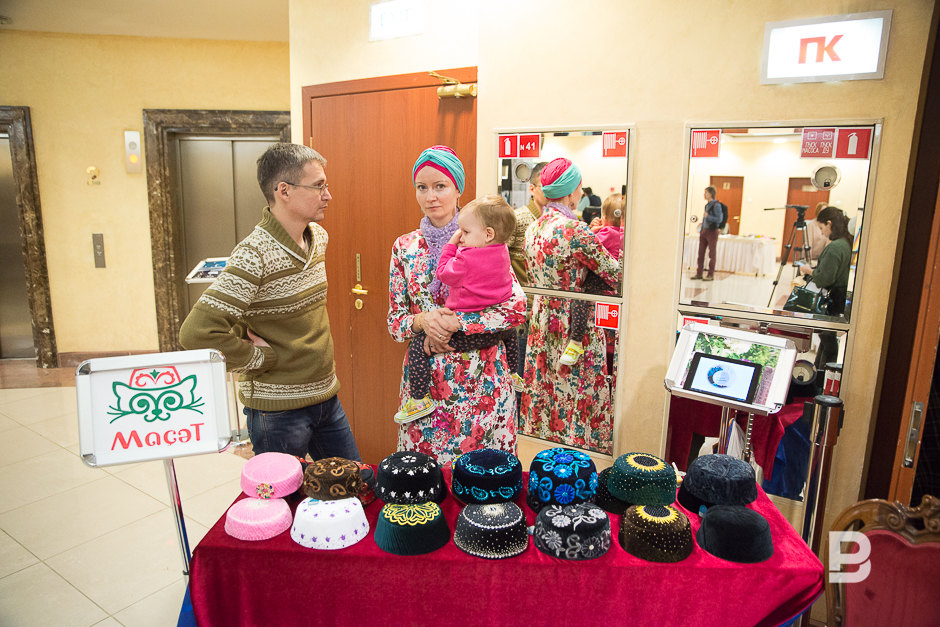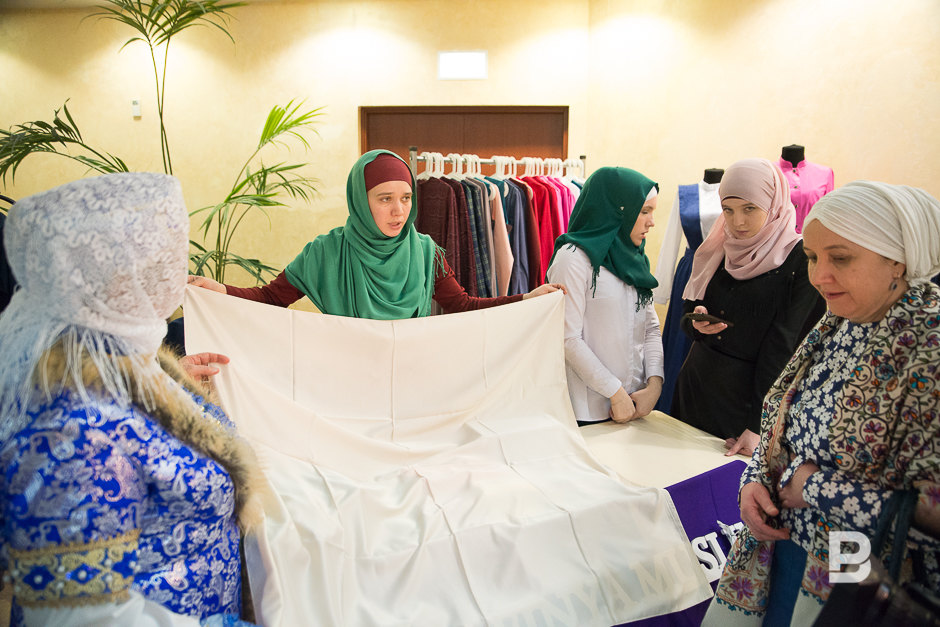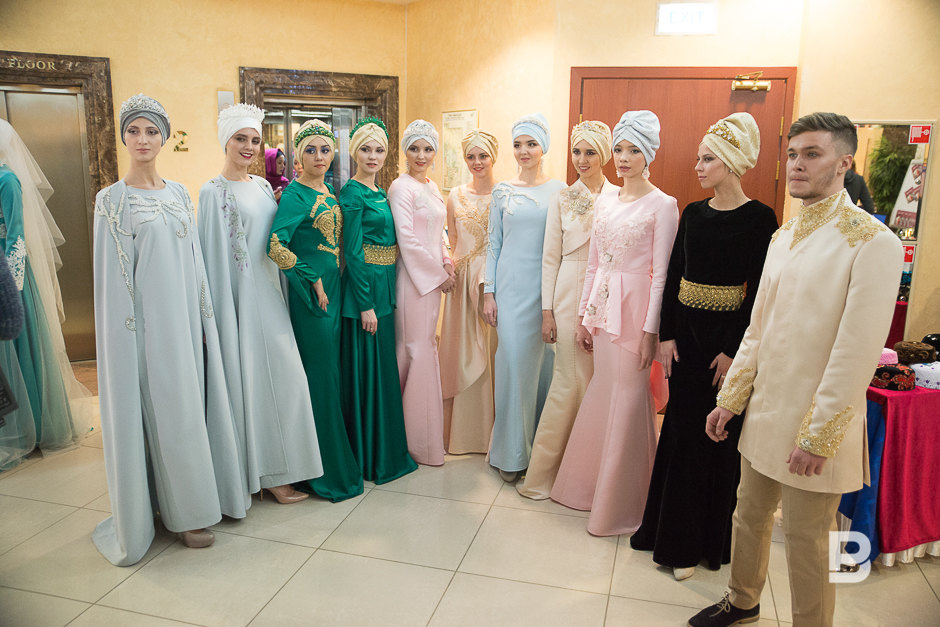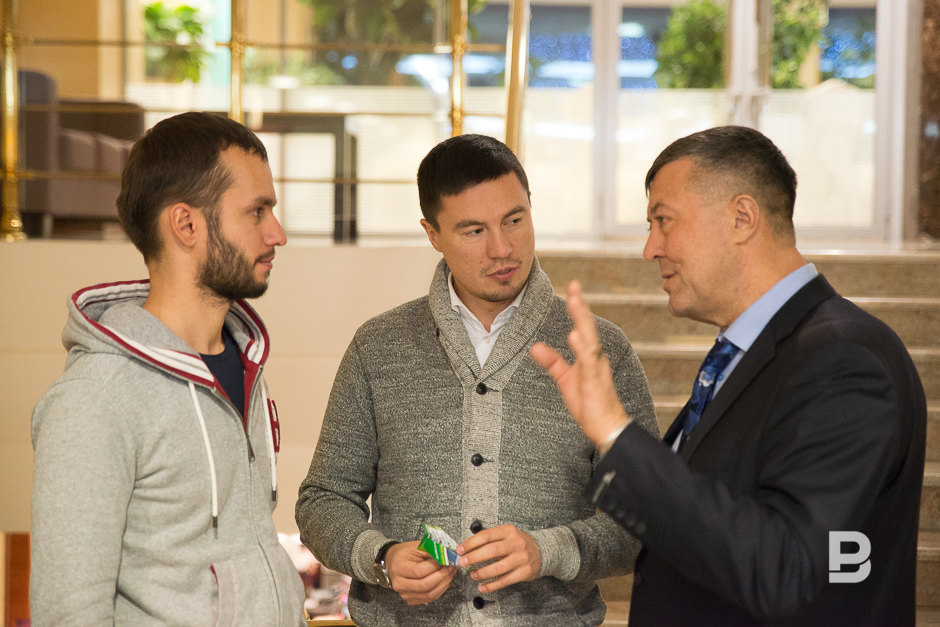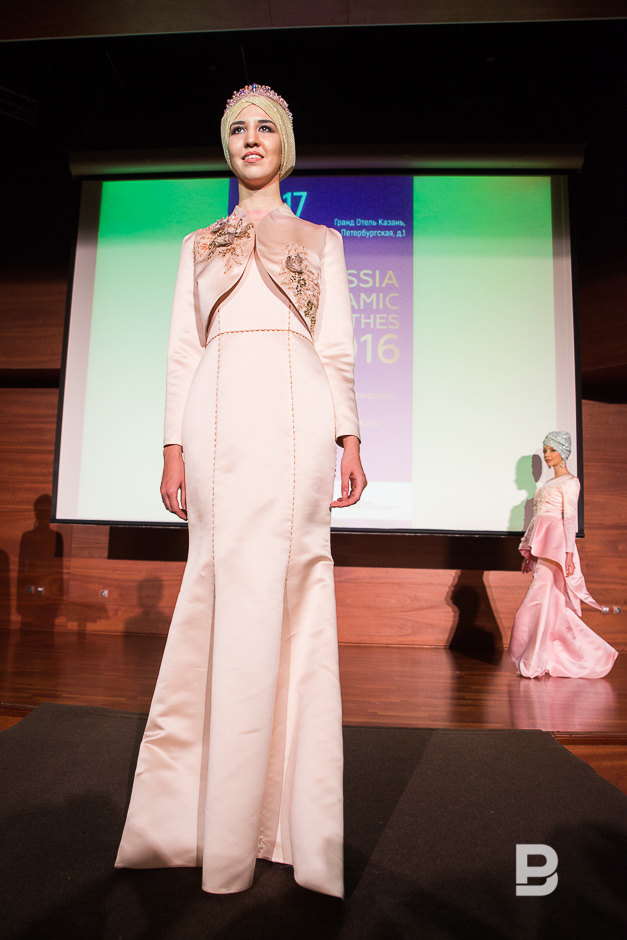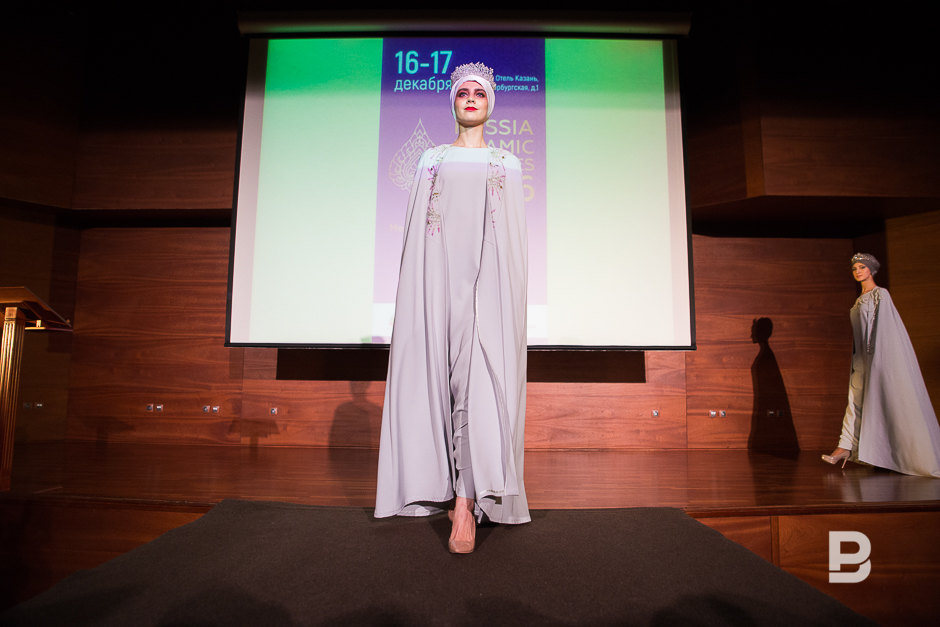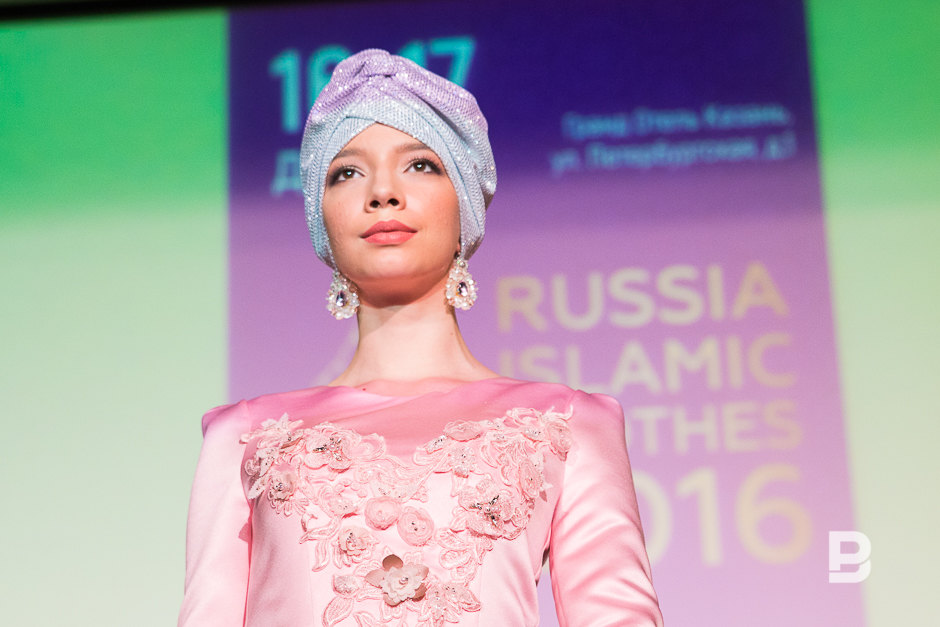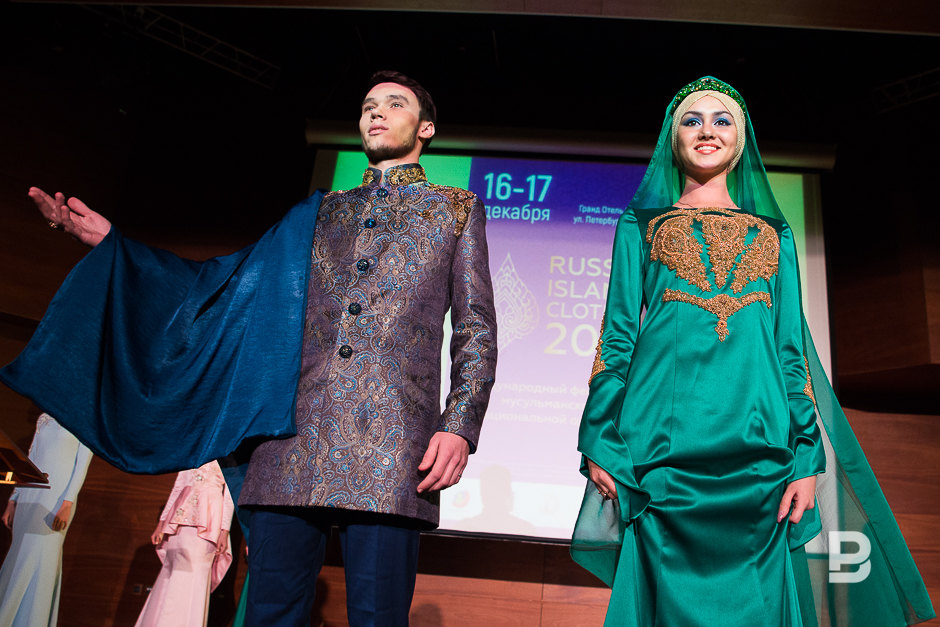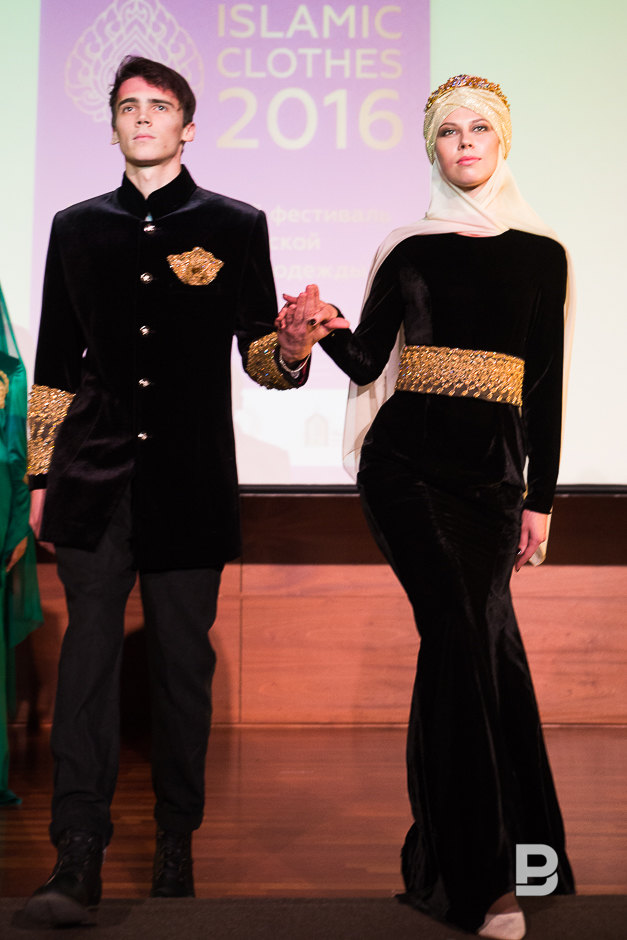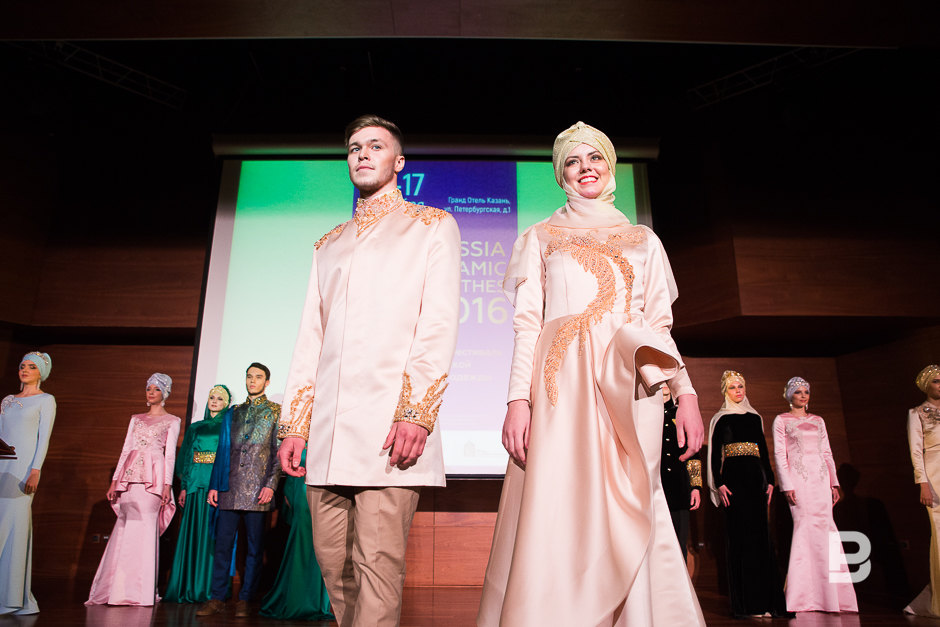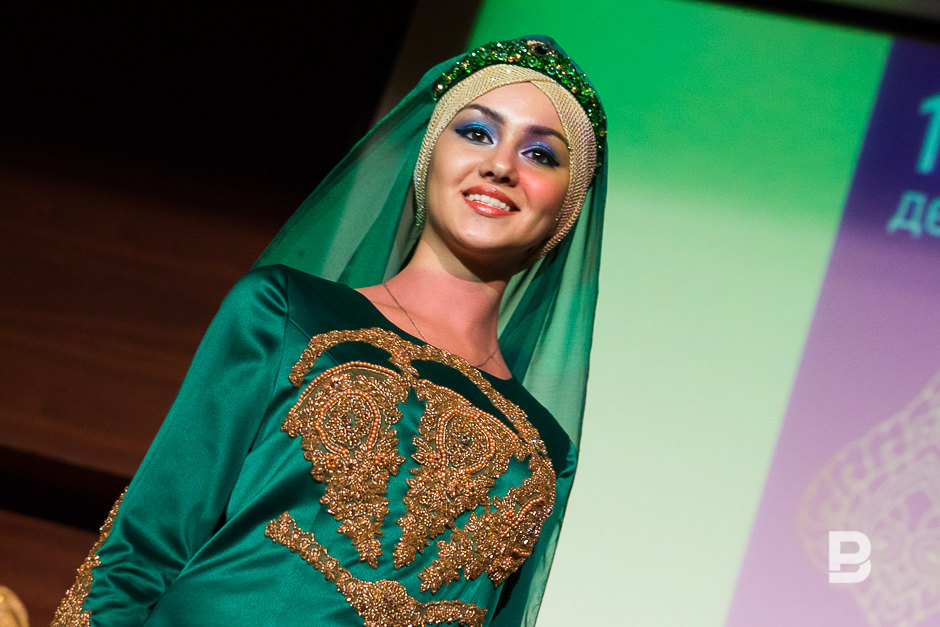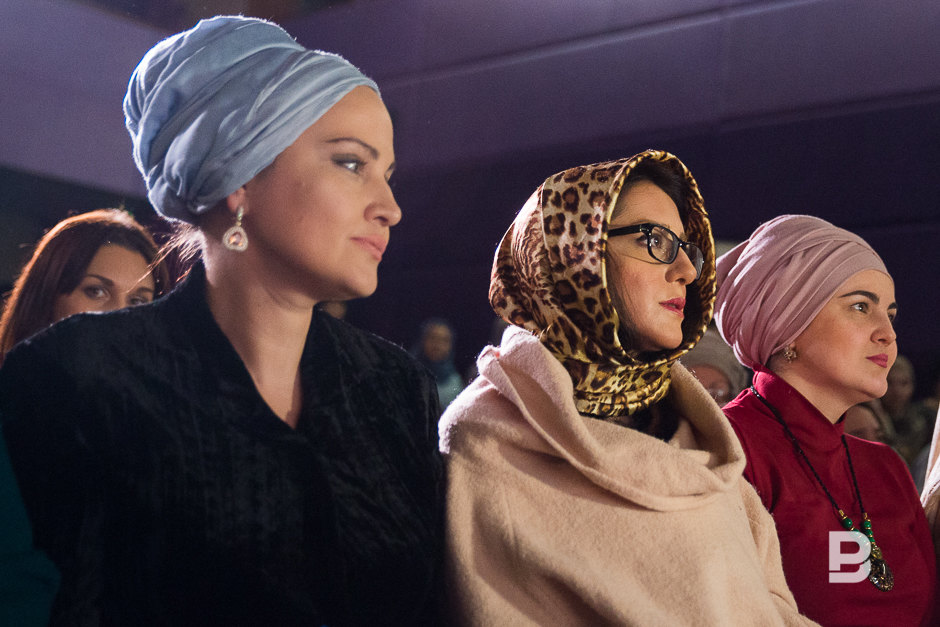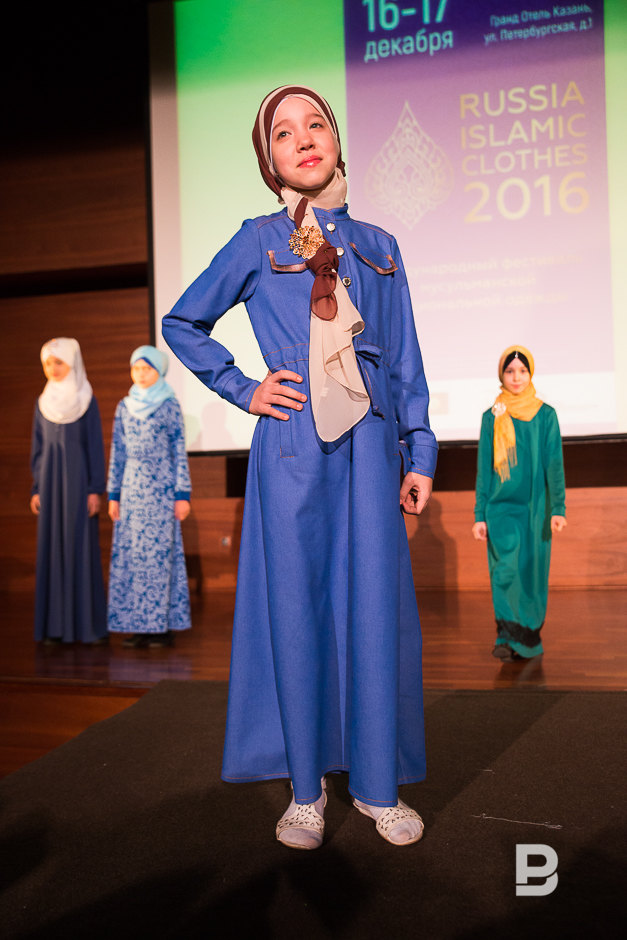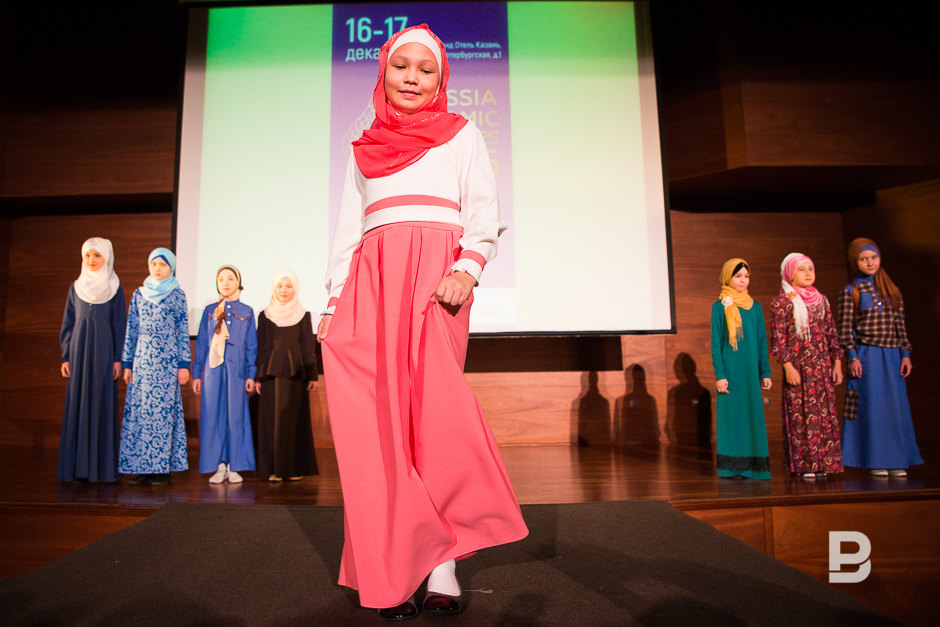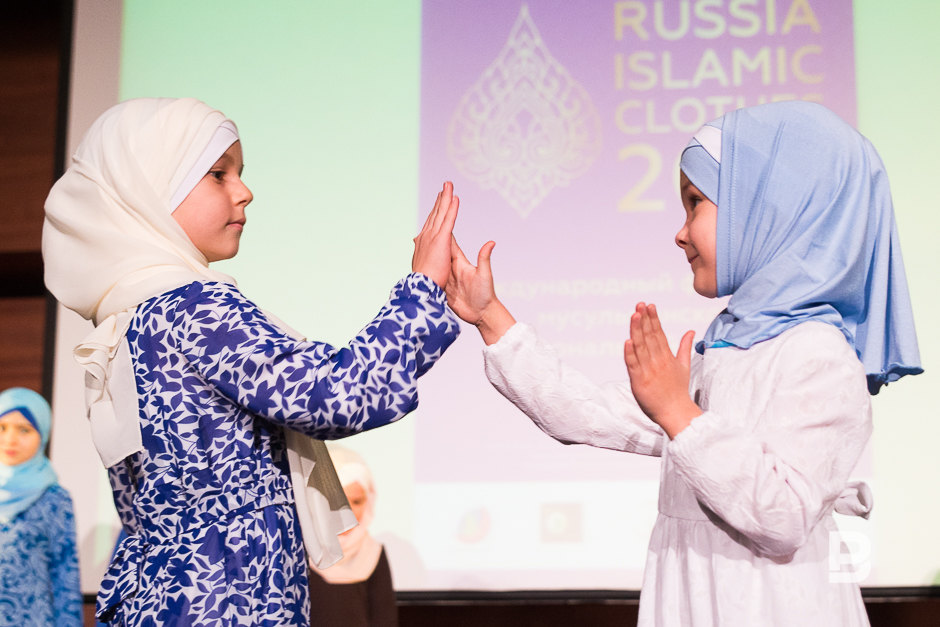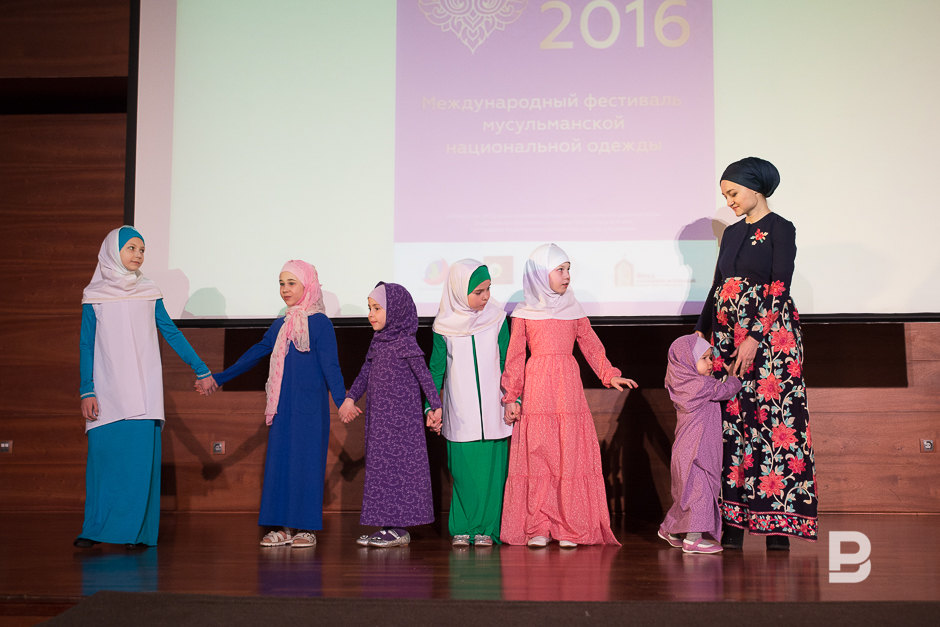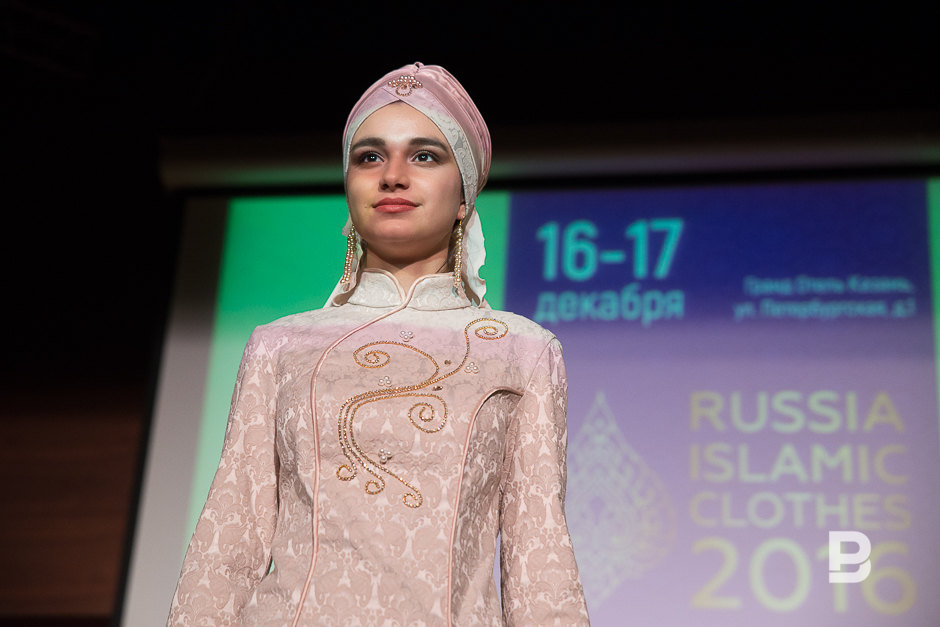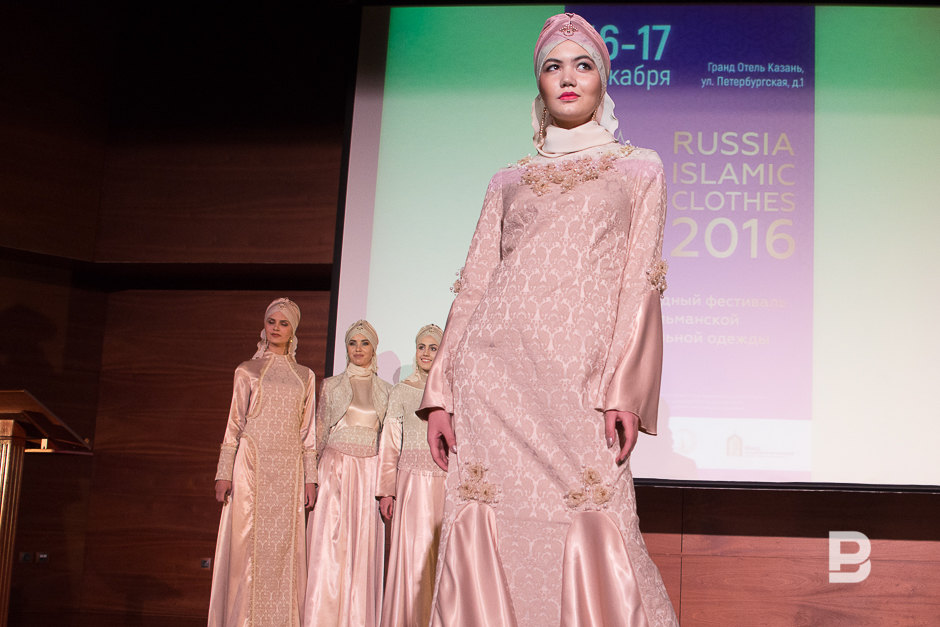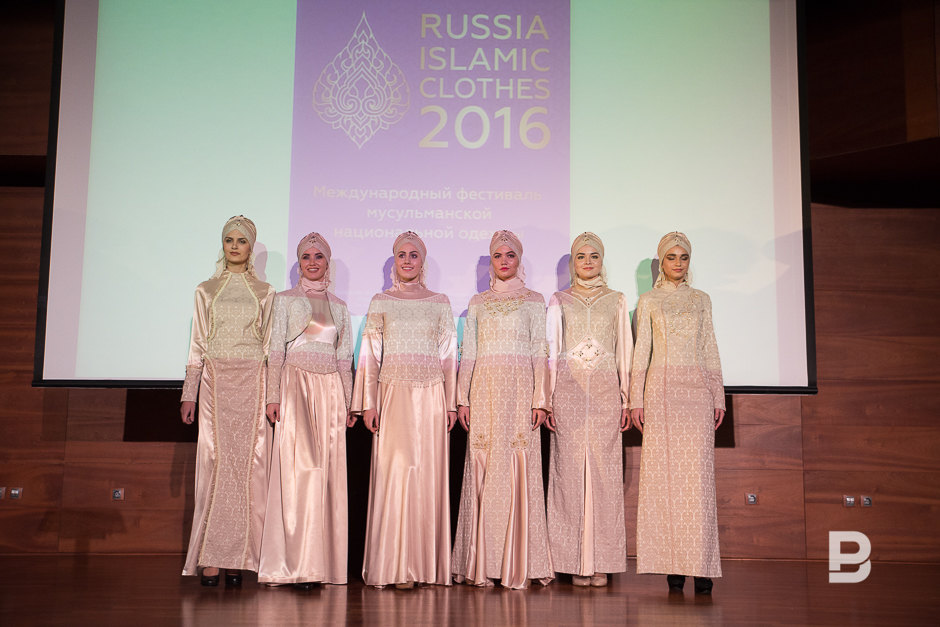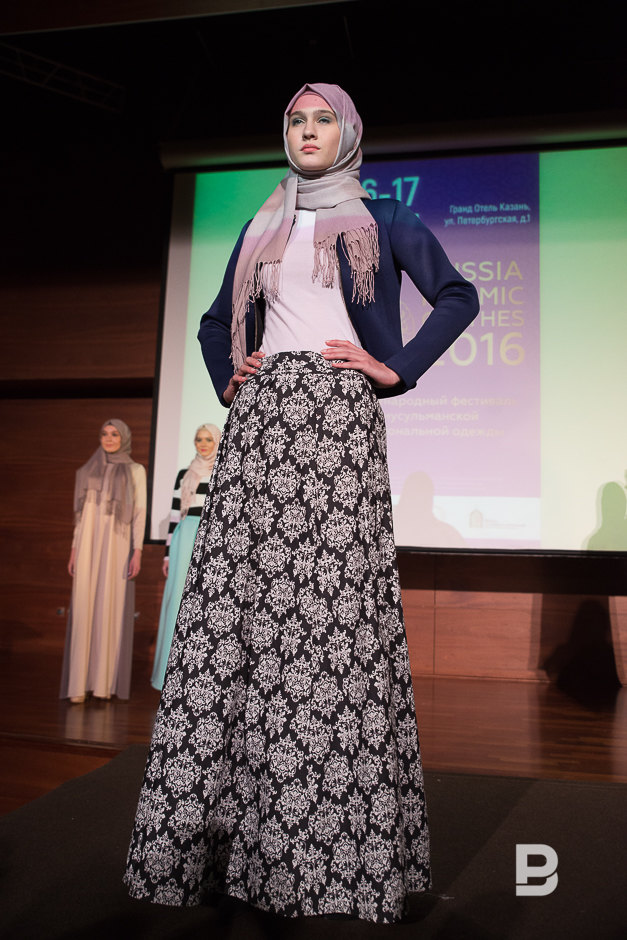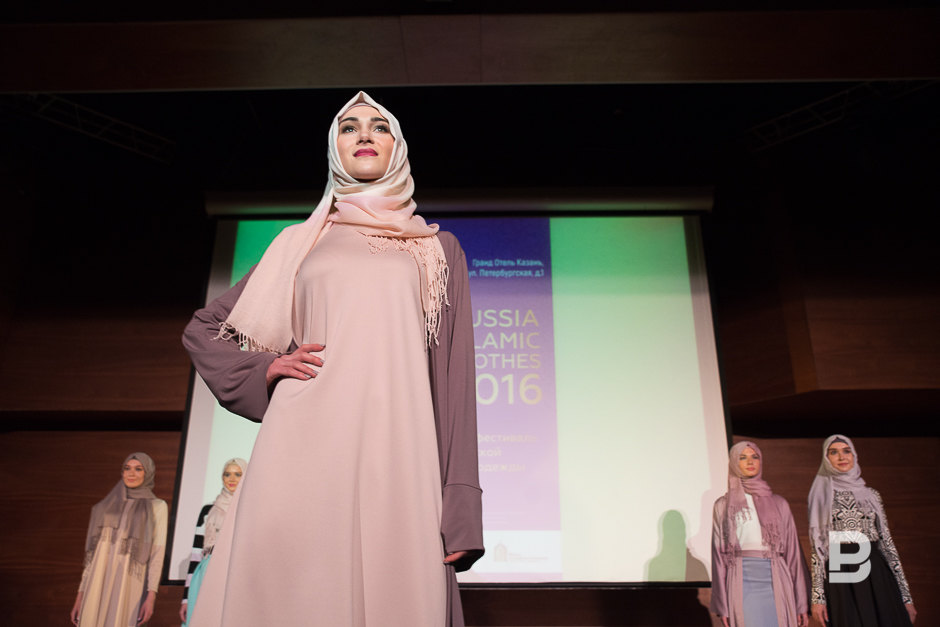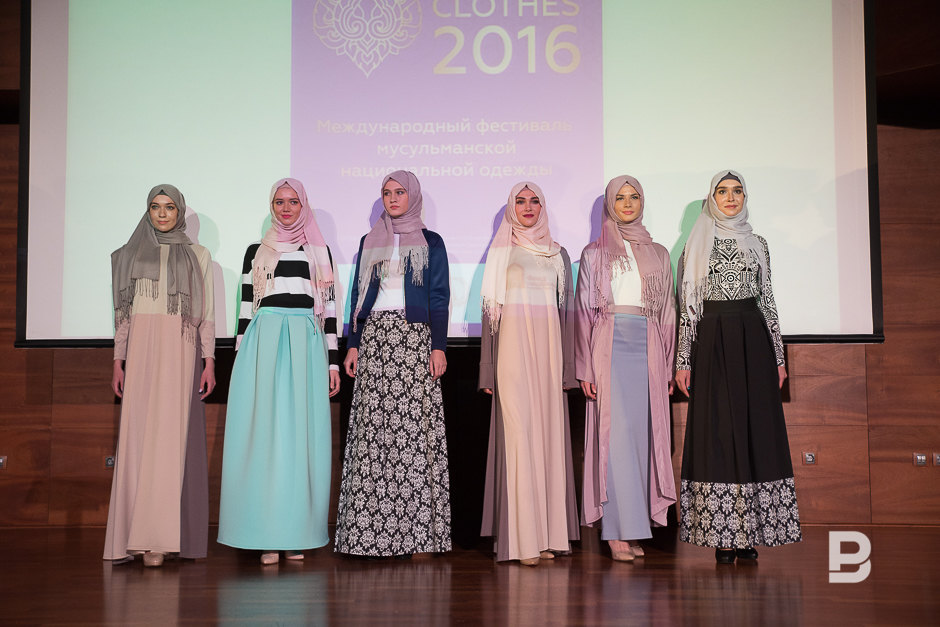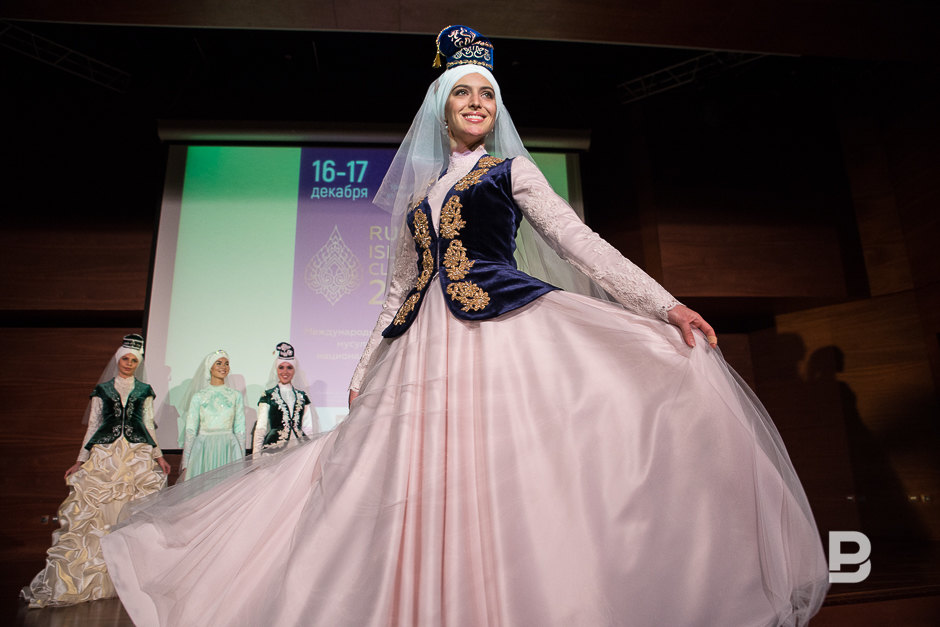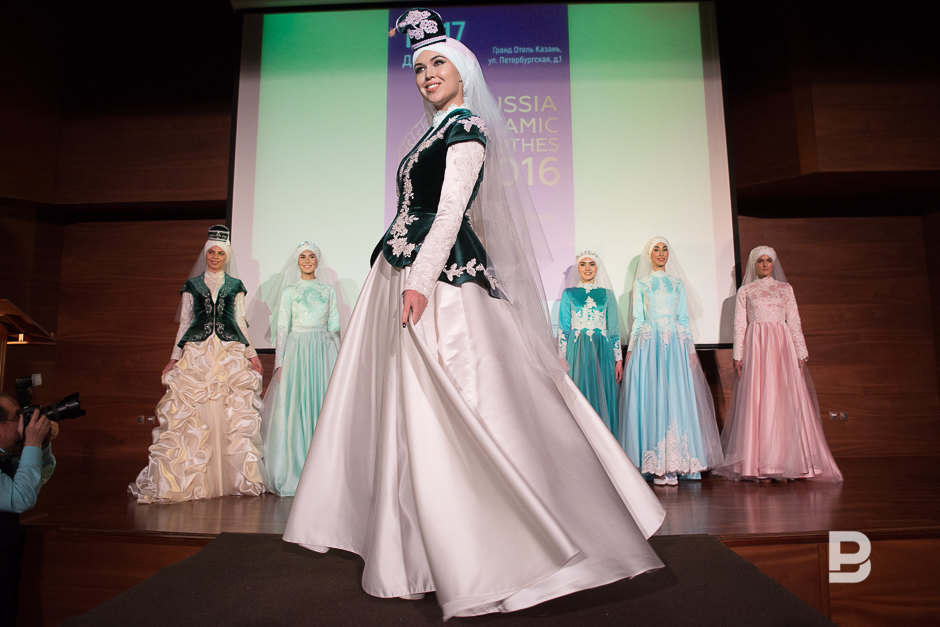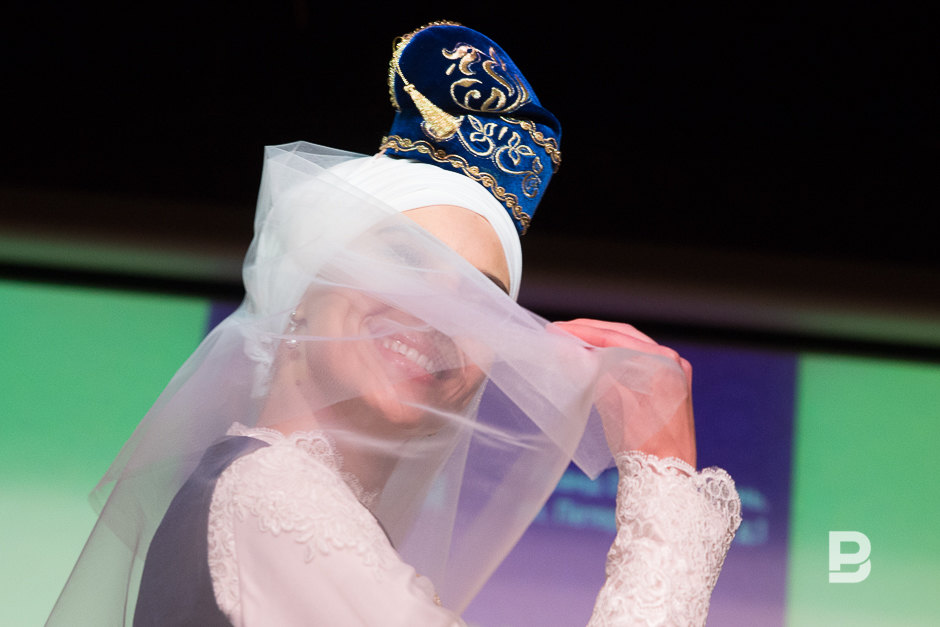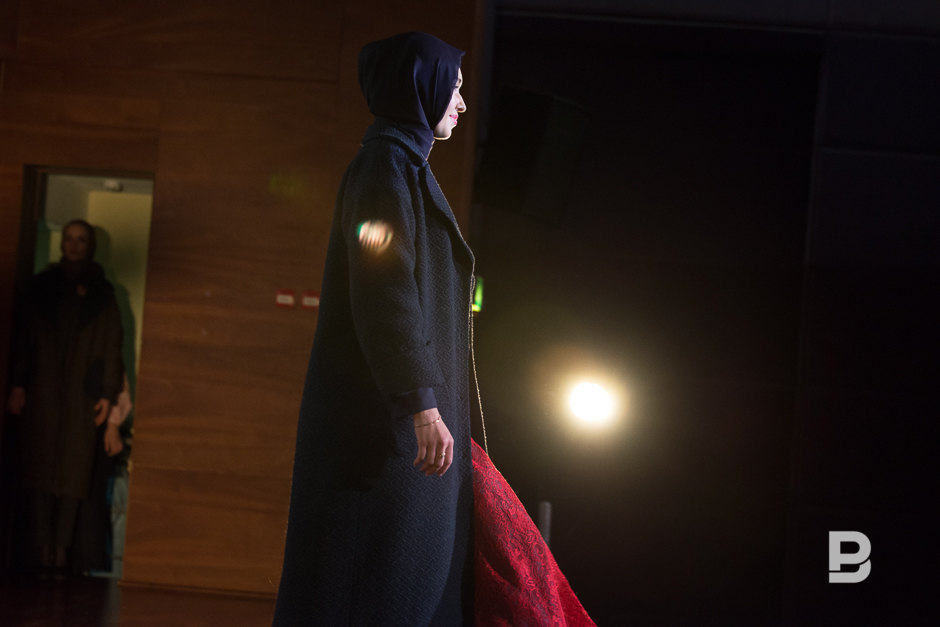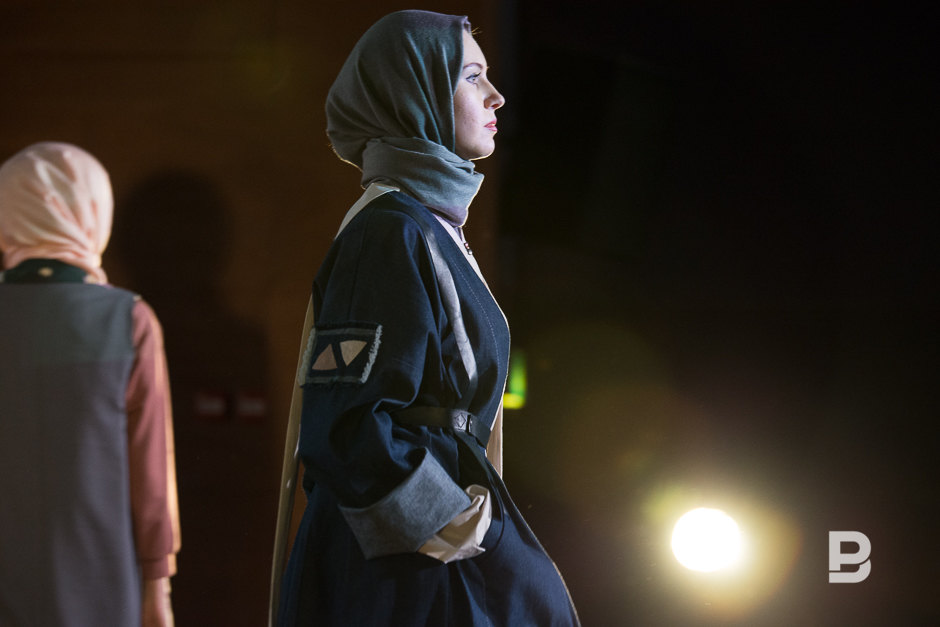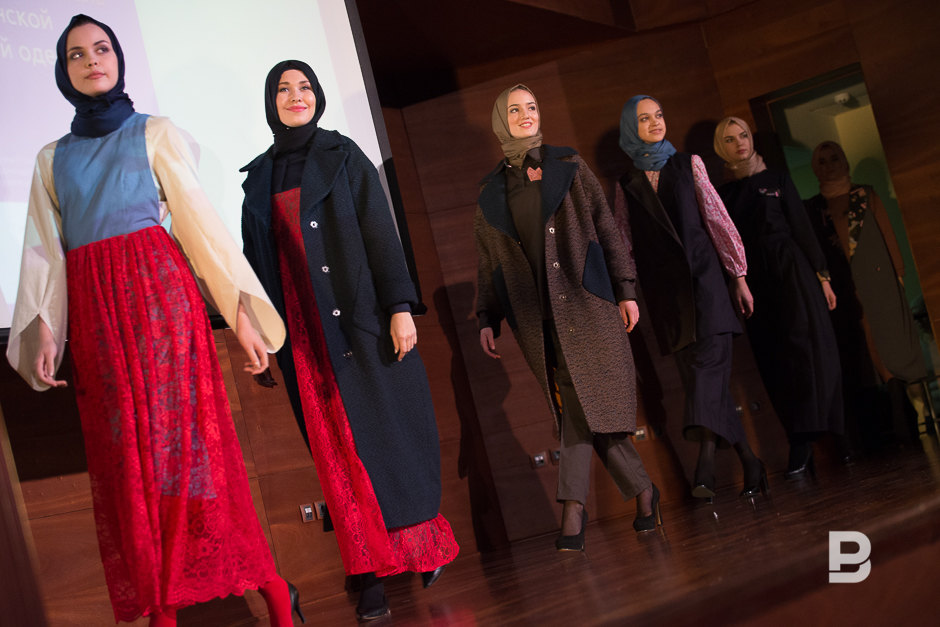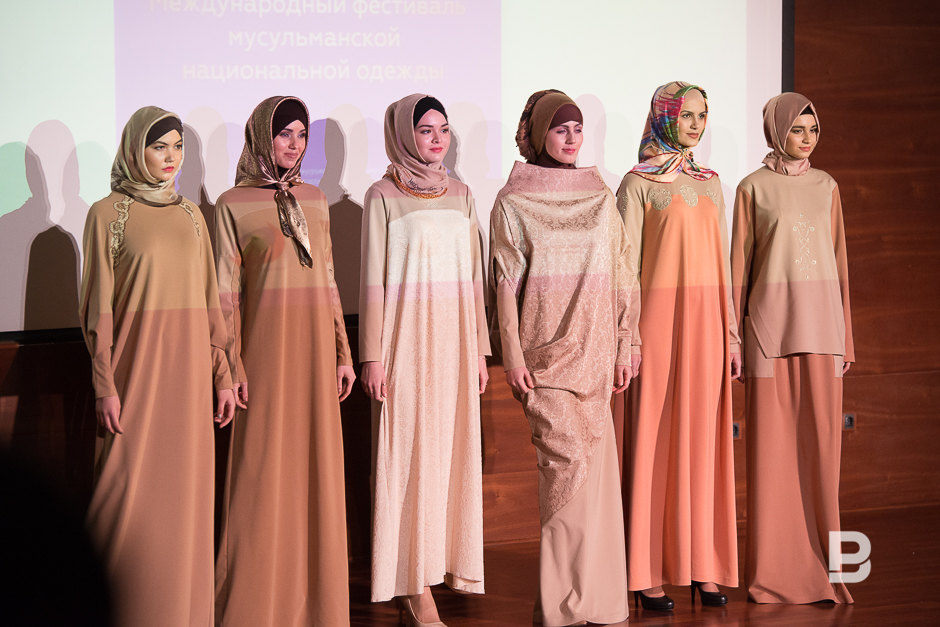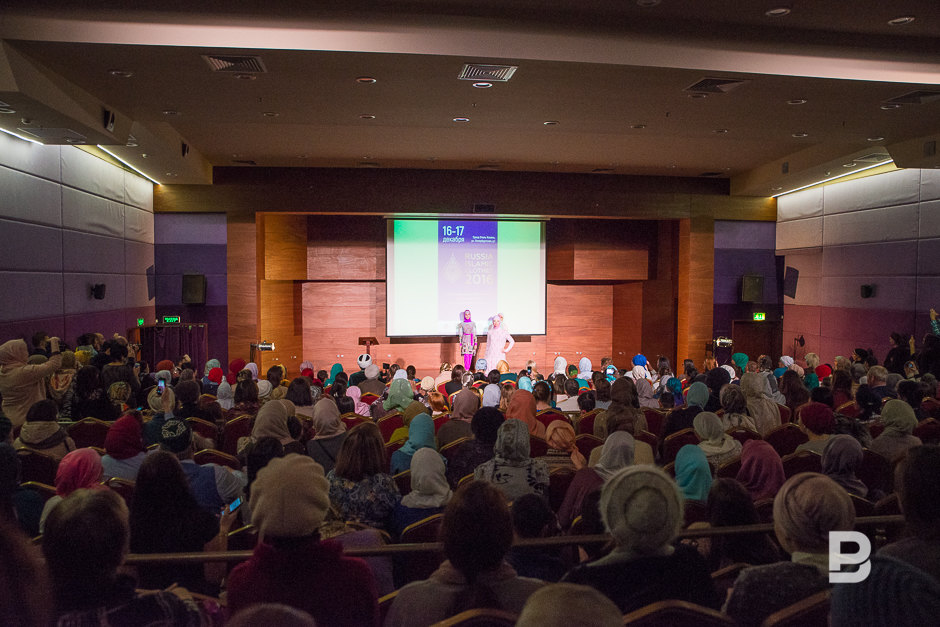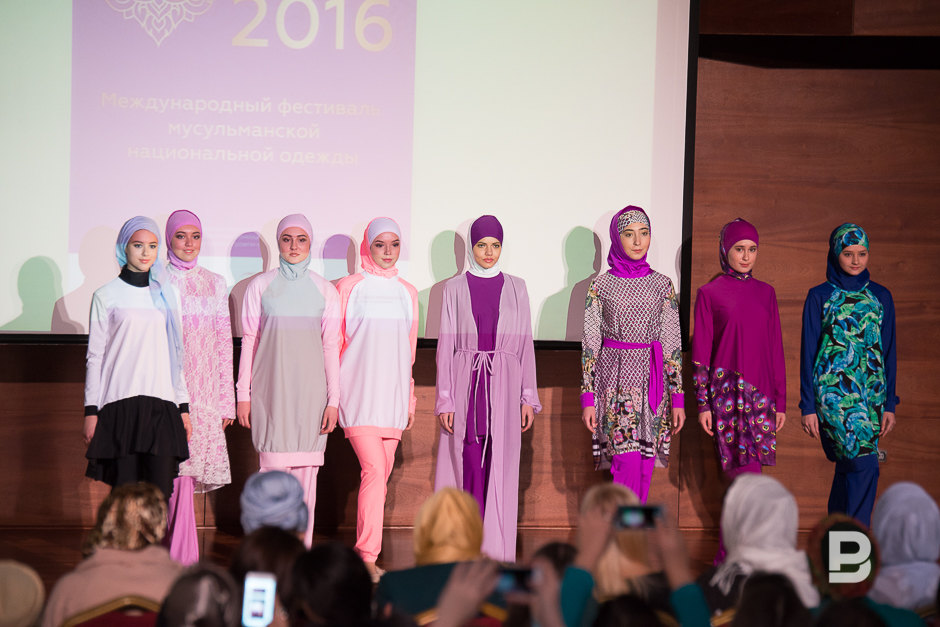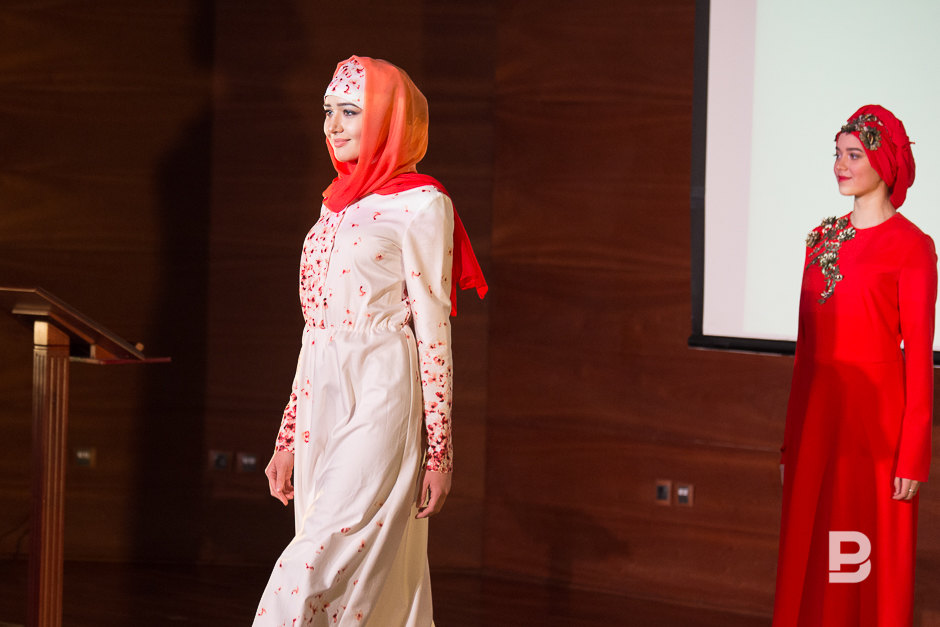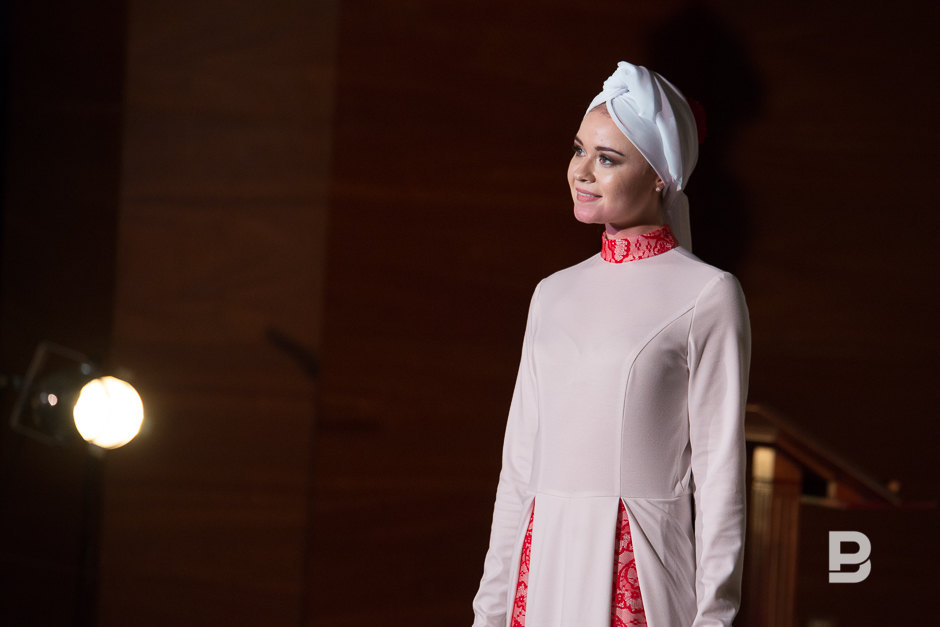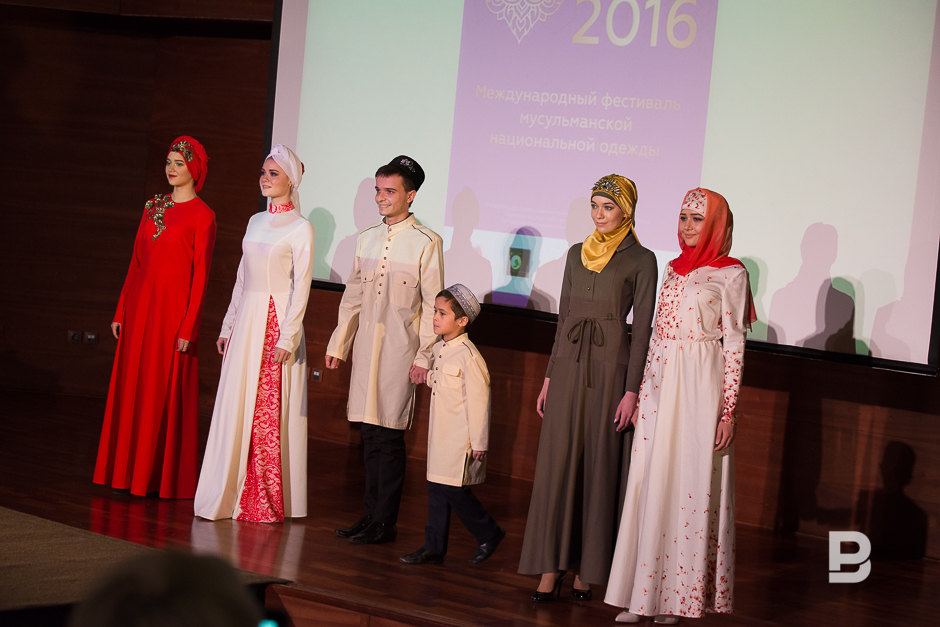Islamic Clothes Fashion: silk, sports shoes and bumped up names
Nobody managed to beat a designer from Kazan
International Islamic Clothes Fashion festival ended on 17 December. The event, which was advertised much, ended with a contest of designers was not shocking and did not cause any desire to purchase something right from the catwalk, though there were interesting models.
Last year's brand
This year there has not been any winner in Best Brand of the Year. So, the brand of Kazan designer Zarina Babadzhanova who won this nomination one year ago held the lead this year as well. This time Babadzhanova did not participate in the competition. But her collection of clothes for Muslim marriage, including for women and men, opened the performance.
It was reasonable that Babadzhanova did not participate in the competition this year because there is an abyss between her and other participants of the festival (it goes without saying, except some of them). Babadzhanova showed a real collection united by a common idea. The clothes were made with a perfect fit. They are fashionable and comfortable.

White colour, ecru, embroidered in gold, velvet and satin – young brides who had it all looked divinely. Zarina's collection had a mystery, which is present in such a life-changing step in a girl's life like marriage, together with festivity.
Moreover, it is not right to consider Zarina only a Kazan designer as well as Rustam Iskhakov. Babadzhanova has many clients in the capital and other cities. People know her brand and purchase it. Womanly clothes and dresses that allow a woman feel like a woman is Zarina's gimmick. It is a trend that is always in vogue.
As for the very competition organised by the Muslim Spirituality Directorate of Tatarstan, Russian Union of Muslim Women, Union of Muslim Designers, its task is to enable women to choose – choose beautiful clothes. ''Allah is handsome, and he loves beauty,'' this famous phrase was heard in the hall of the Grand Hotel where the fashion show took place. As we are speaking about Islamic fashion that is due to combine with canons of Quran, the competition has strict requirements. The demonstrated clothes must cover the body and the head. They can't be transparent. They must not demonstrate the shape of women's body and have prints with images of people and animals.

The jury was headed by famous Kazan stylist and designer Nadezhda Ayupova. And Zarina Babadzhanova helped the professional team and estimated the collections of the competitions by several parameters like collection's commercial perspectives. In other words, ''whether it was feasible to sue''.
''We want our women to be the most beautiful. We want them to have beautiful clothes,'' chairman of the Russian Union of Muslim Women Nailya Ziganshina talked to the audience while opening the fashion show. By the way, she has organised the fourth competition of Muslim clothes.
Red and black
This time casual was the topic of the competition. It is good that several designers dedicated their collections to kids – merry, funny clothes made of bright cloth, denim. Girls with small rucksacks could go to school right from the catwalk.
The models were quite traditional in general. Novelty was shown in its bumped up names of the collections. However, some designers considered trends of this and next years. For example, culottes appeared in Renata Shageyeva's collection called Silhouettes of Her Memories. The collection also had long coats where this season's trend – a combination of red and black colours – was taken into account.
Gulnara Yusupova remembered the early noughties. Tints of fuchsia, which was very popular at the beginning of this century, prevailed in her collection. She also demonstrated acidic black clothes. Unfortunately, the collection was remembered for these colours only.

Rimma Khafizova presented two collections. Especially the second one named Action was interesting. The collection was dynamic, light – sports shoes, tight skirts, jumpers. A calm palette. Well-done street fashion. Such collections are usually called: ''Take off the hangers and wrap it!''
Dzhamilya Salakhova's collection Yasmin stood apart. By the way, Salakhova was the only designer who used kalfaks (Editor's Note: Tatar women's national hat). It is strange but our designers use chalmas, scarfs. They ignore a traditional headdress of Kazan women – a gorgeous, coquettish, embroidered kalfak.
Puffed skirts and velvet embroidered waistcoats perfectly co-existed in Salakhova's collection. It seemed that the East and West met. Tribute was paid to the Kazan old times. As a result, Dzhamilya Salakhova won the title of the best designer of the year.
''It is pleasant that the competition is having less shiny cloth. People started to understand they can't wear a shiny dress always. Now everyday clothes are in demand. It was showed. It is an advantage of the competition. A drawback is that designers don't have the money due to the crisis. If they had money, the collections would be bigger,' chairman of the jury Nadezhda Ayupova commented to Realnoe Vremya on pros and cons of the competition.
